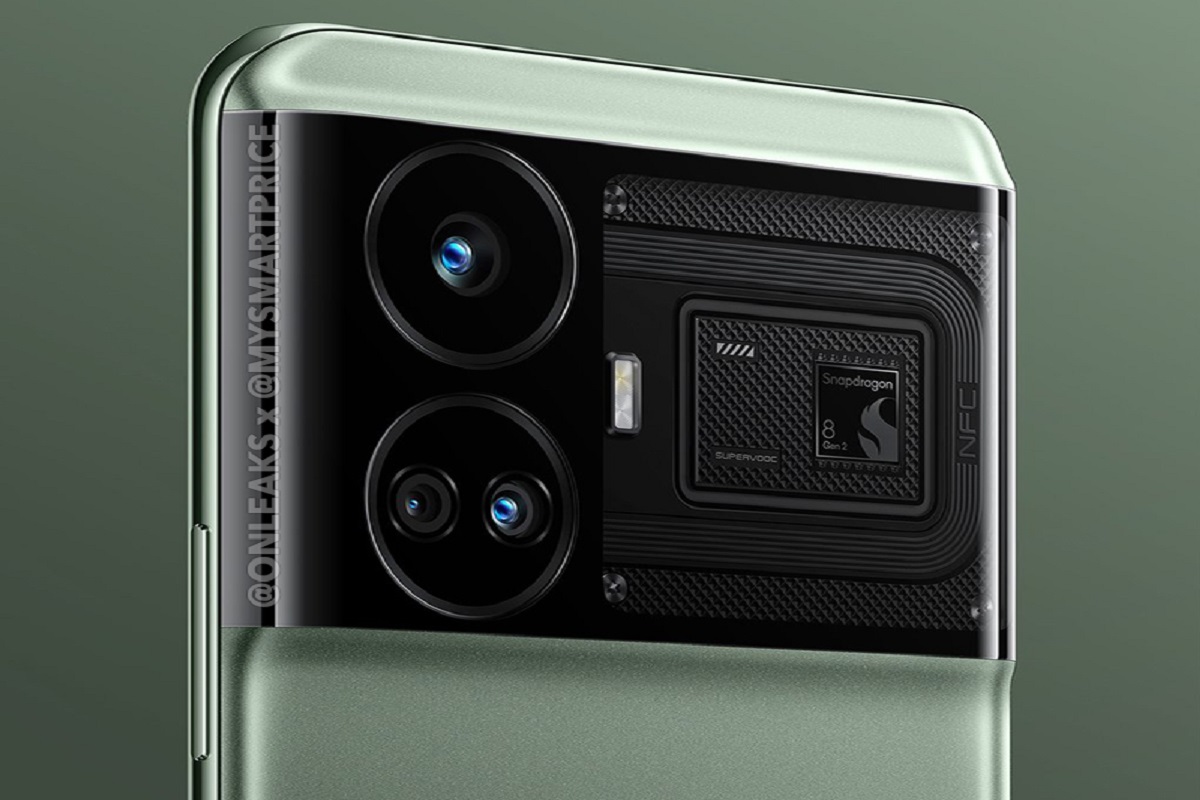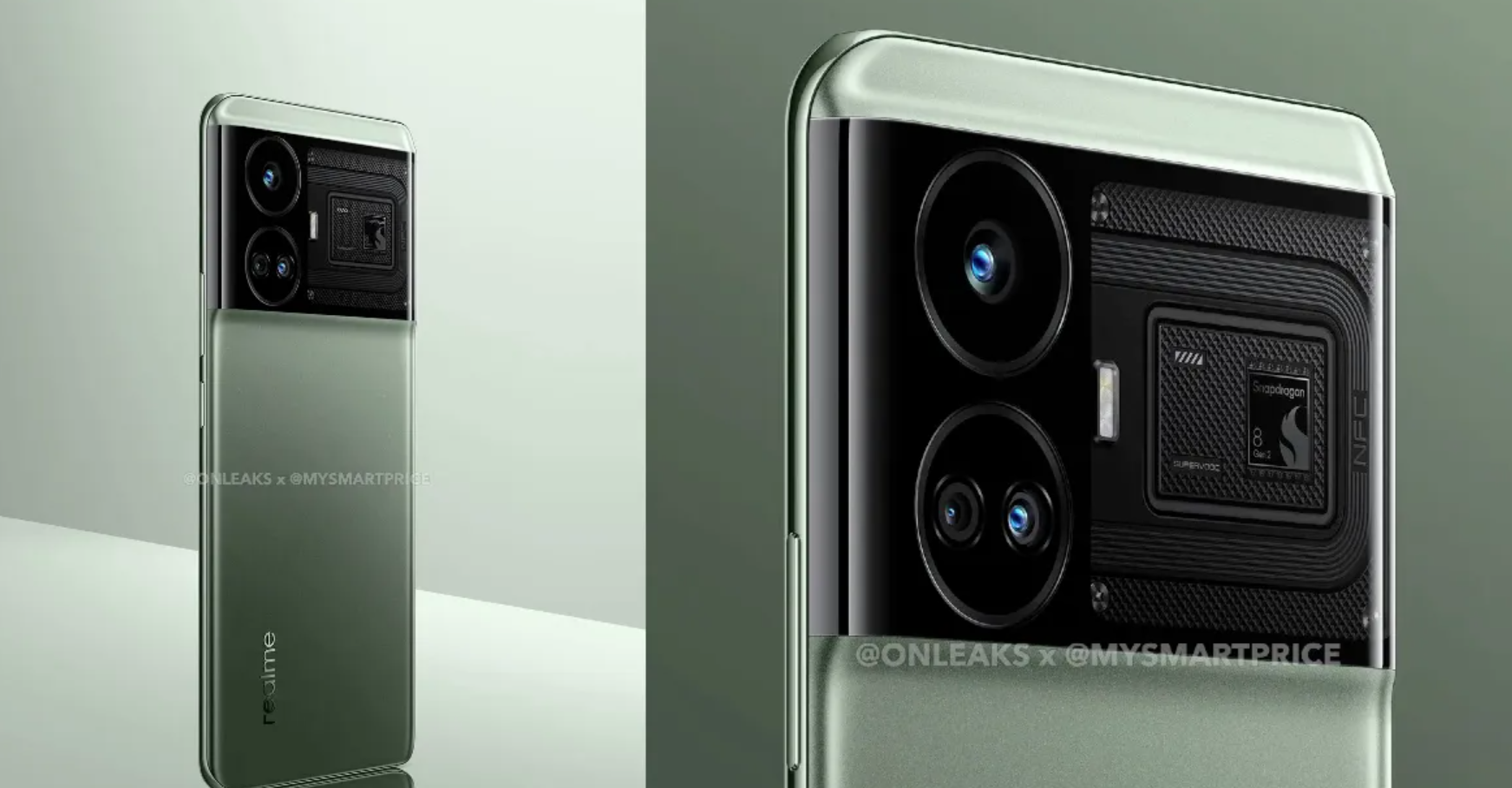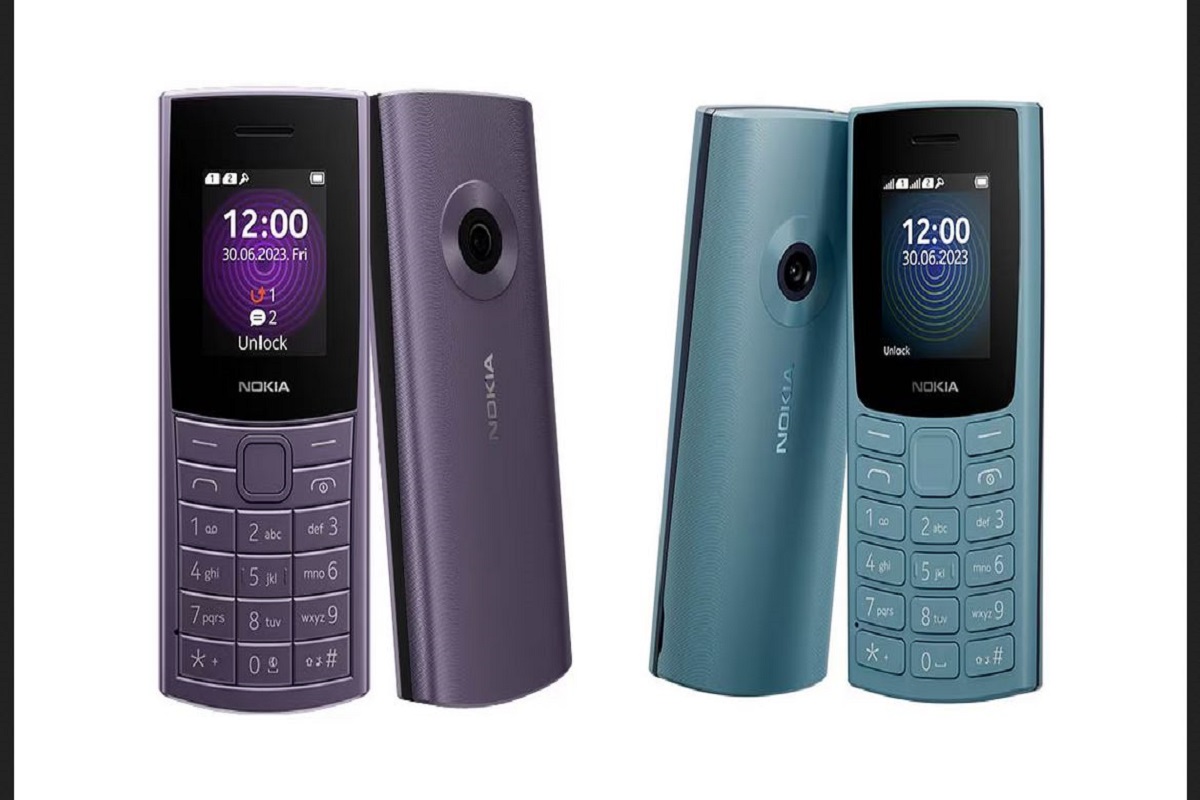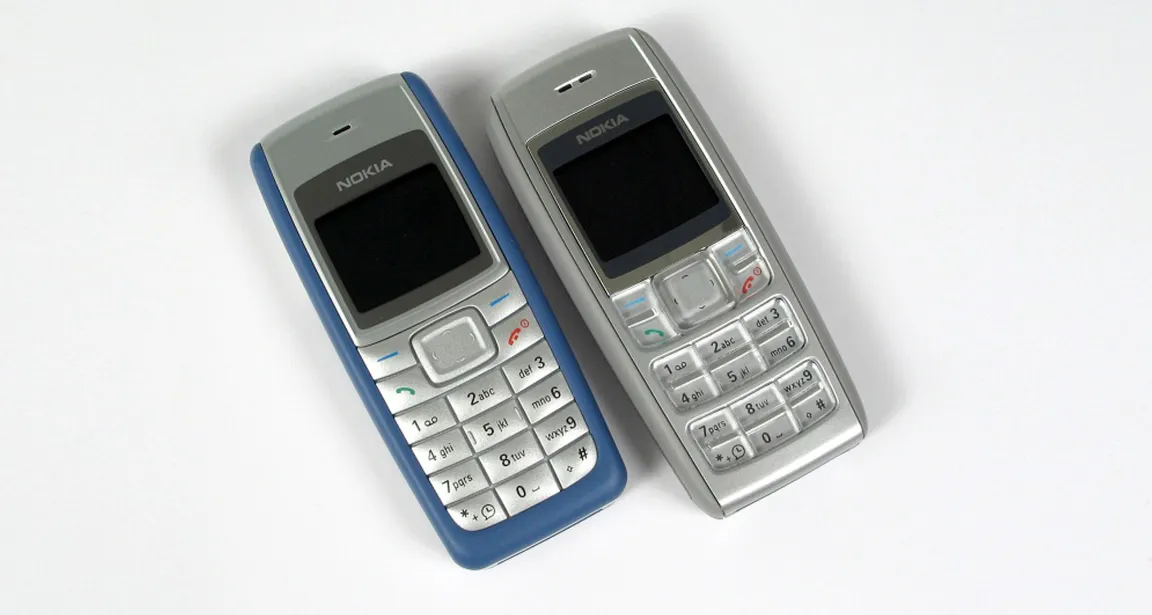Realme, the smartphone manufacturer, is reportedly planning to launch a new phone called the Realme GT Neo 6 in China. Although the exact release date is unknown, leaks have surfaced revealing key specifications and design details of the upcoming device.

According to information leaked on Weibo, the Realme GT Neo 6 will feature a 1.5K AMOLED display with a high refresh rate of 144Hz and a PWM (Pulse Width Modulation) of 2160Hz. The display is expected to have narrow bezels and no plastic bracket around it, providing an immersive viewing experience.
Under the hood, the GT Neo 6 is said to be powered by the Snapdragon 8 Gen 2 processor, offering improved performance compared to its predecessor, which utilized the Snapdragon 8+ Gen 1 chipset. It is anticipated that the phone will be available in variants with up to 16GB of RAM and a whopping 1TB of internal storage, providing ample space for users’ files and applications.
One of the notable features of the GT Neo series is its fast charging capability, and the Realme GT Neo 6 is expected to continue this trend. It is rumored to support charging speeds of up to 240W, similar to its predecessor. The Realme GT Neo 5 came with two models, one supporting 150W fast charging and the other featuring the faster 240W charging speed, both available for wired connections.
While other specifications of the GT Neo 6 are still undisclosed, a report by MySmartPrice provides insight into the phone’s design. The device is expected to have a two-tone back design, particularly for the green-colored variant. On the rear, there will be a rectangular camera module housing at least three cameras and an LED flash. Interestingly, the back of the phone also features a Snapdragon logo, which is somewhat unusual for a smartphone. This inclusion might be part of Realme’s marketing strategy for the GT Neo 6.
The phone is reported to have slim edges, with the power button and volume rocker situated on the right side. Additionally, the GT Neo 6 is anticipated to support SuperVOOC fast charging and NFC technology.
In the meantime, Realme is preparing to launch the next Narzo series in India on July 6. The Narzo 60 series will consist of two phones: the Narzo 60 and Narzo 60 Pro. Realme claims that the top-end model will be the first in India to offer a massive 24GB of RAM. However, there is a catch.

The highest configuration of the Narzo 60 Pro will come with 12GB of physical RAM, while the remaining 12GB will be provided through dynamic expansion. This means that users will be able to virtually access the additional 12GB of RAM from the phone’s internal storage, enhancing the device’s multitasking capabilities.








